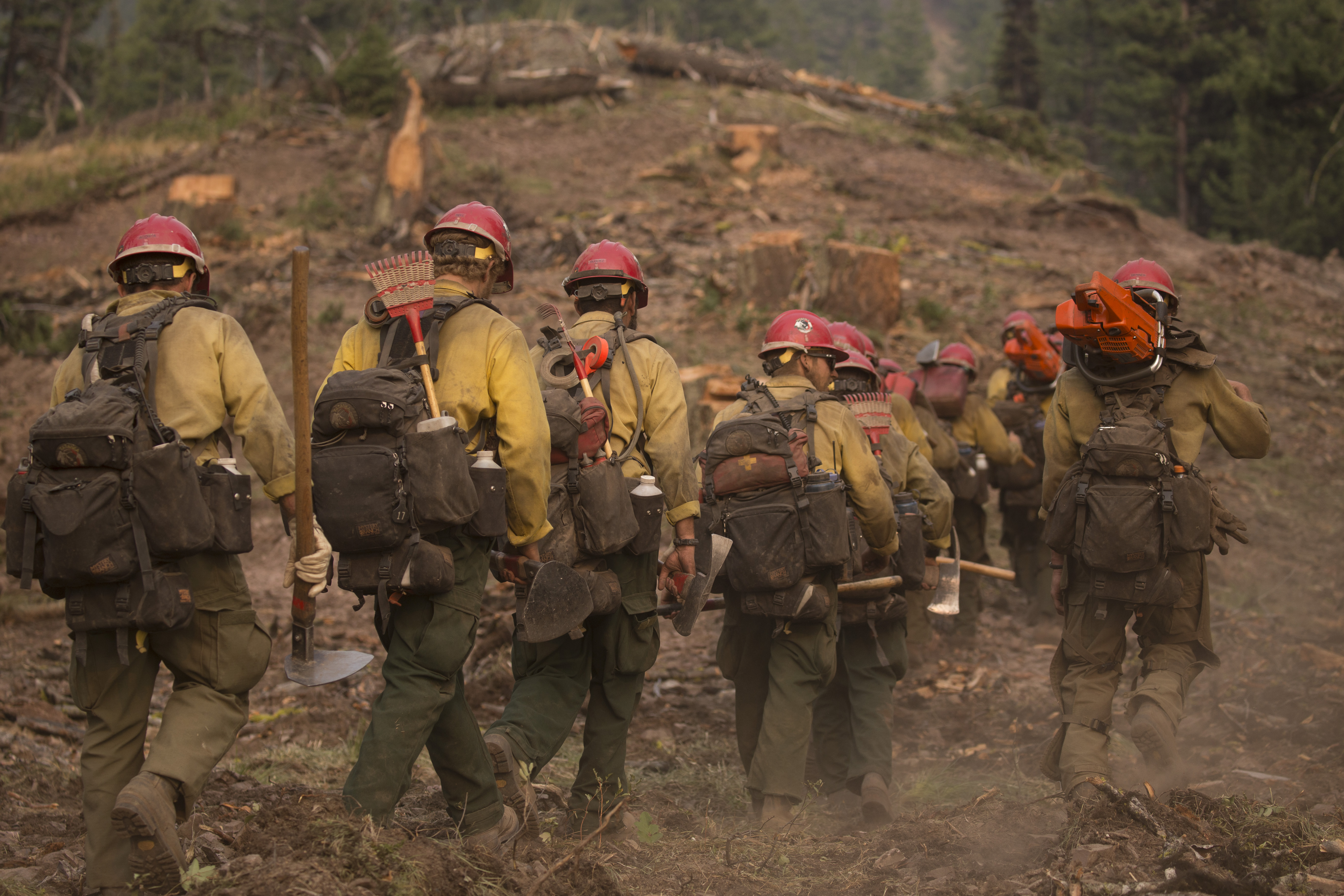Wildland Fire Professionals
The following links contain information for wildland fire professionals
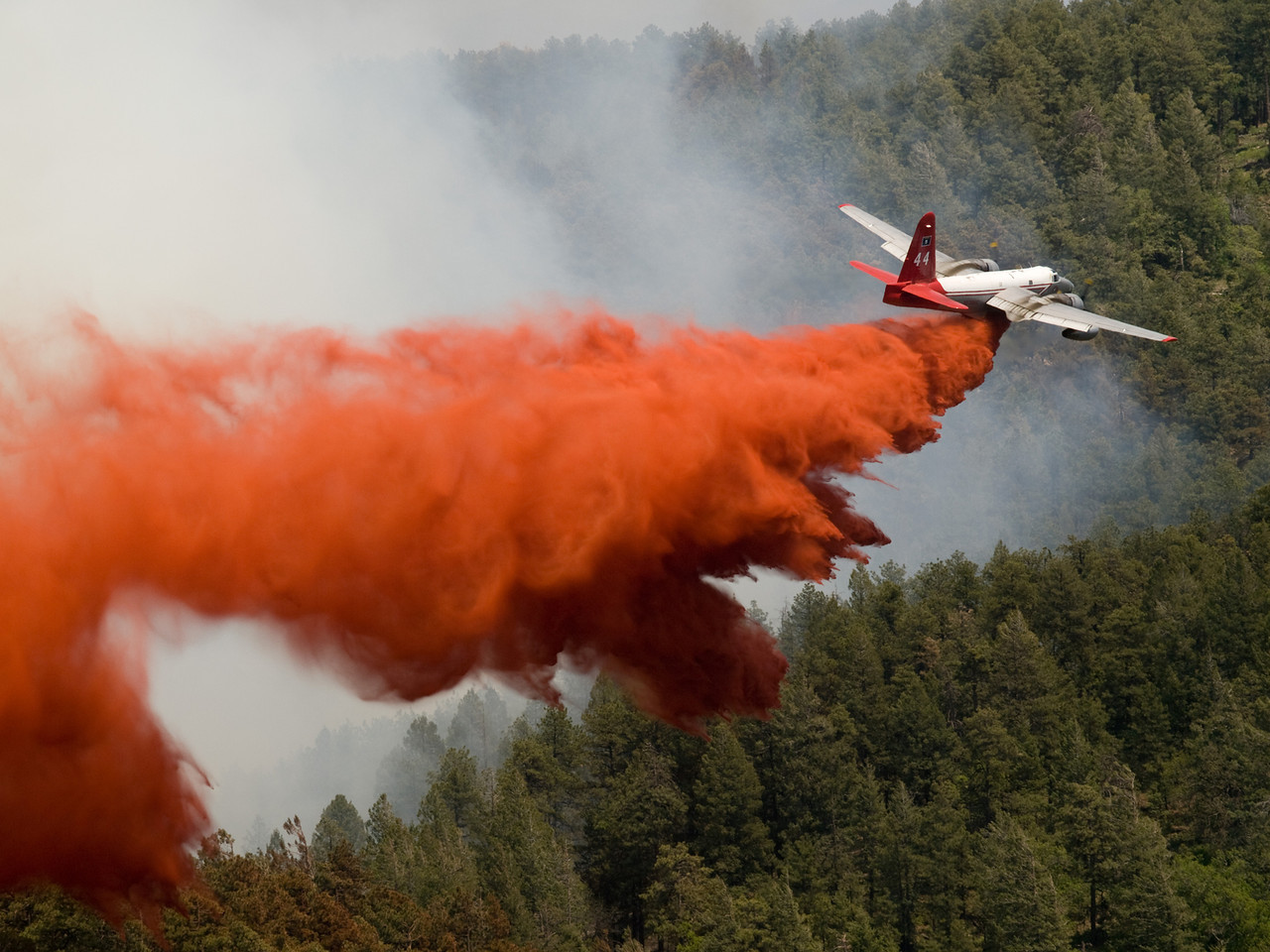
Interagency Wildland Fire Chemicals
Aerially applied fire retardant and other fire chemicals reduces wildfire intensity and rate of spread, decreasing risks to firefighters, enabling them to construct fireline safely.
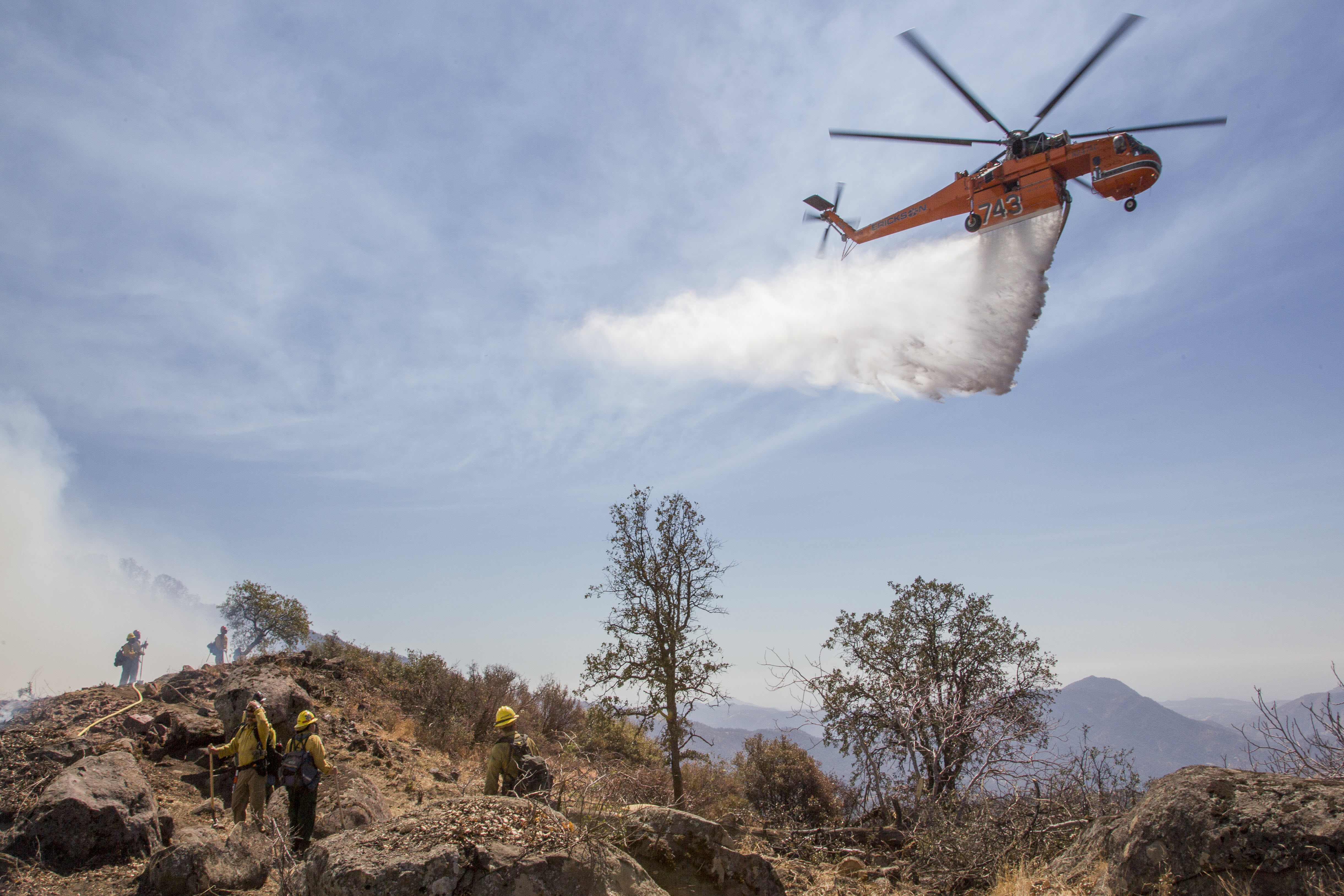
Aviation Safety Management Systems
The Safety Managment System (SMS) can be utilized as a means of providing a formal process and structure to control the risk associated with the vast array of aviation missions.
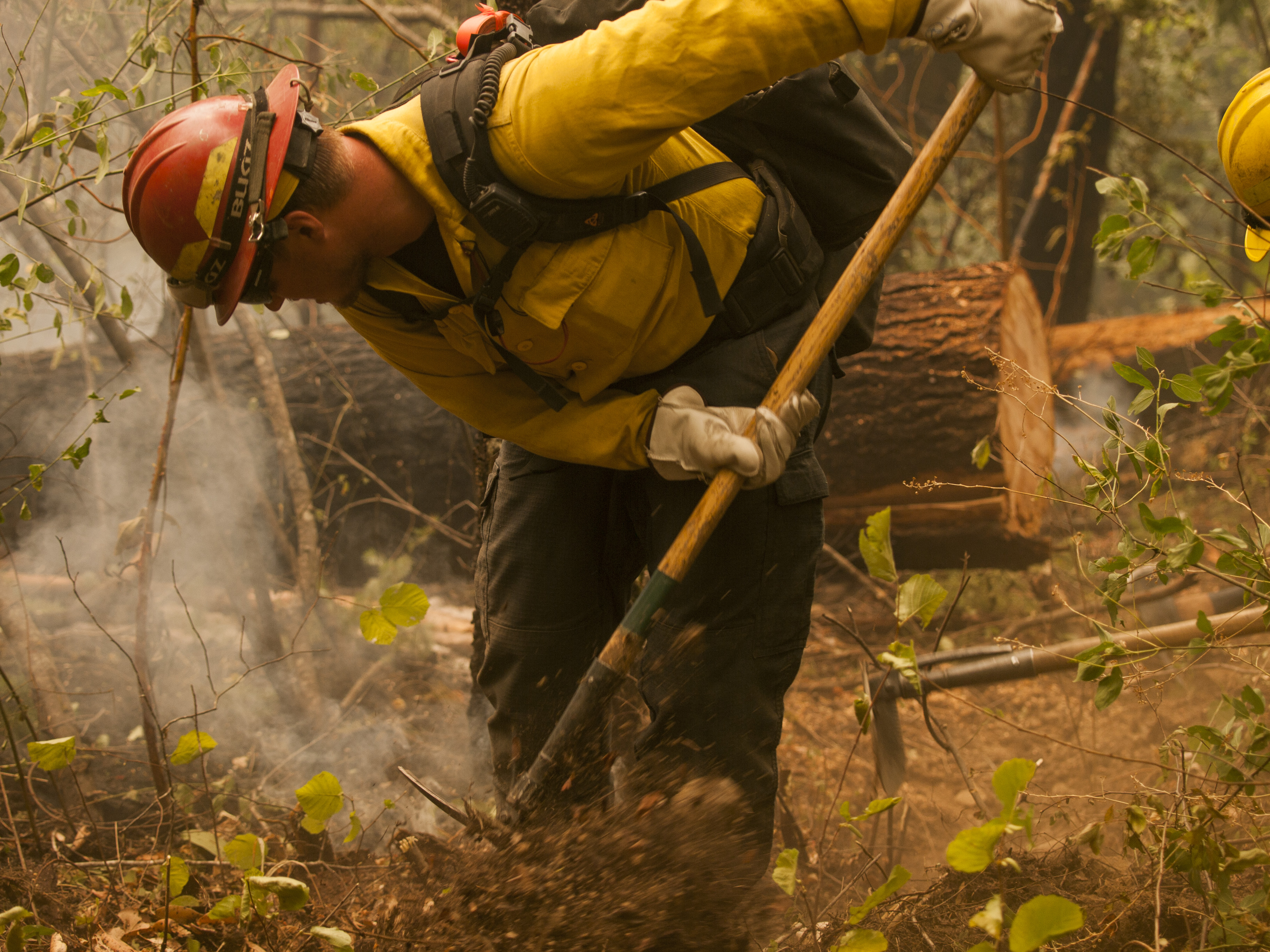
Forest Service Fire Operations Risk Management Council serves to facilitate and promote wildland firefighter safety. The council encompasses an unparalleled spectrum of skilled professionals sharing knowledge, ideas, expertise, and technology.
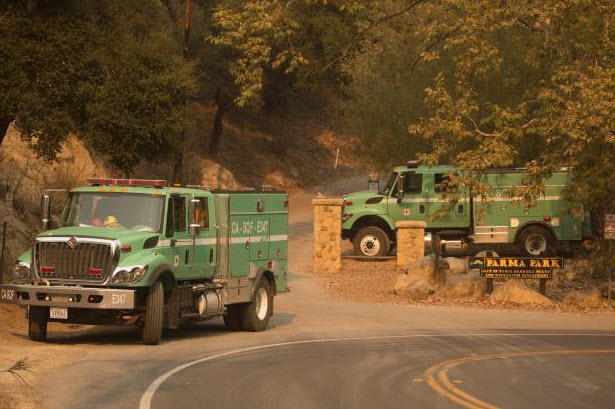
The Forest Service and other federal, tribal, state, and local government agencies work together to respond to tens of thousands of wildfires annually. Each year, an average of more than 73,000 wildfires burn about 7 million acres of federal, tribal, state, and private land and more than 2,600 structures.
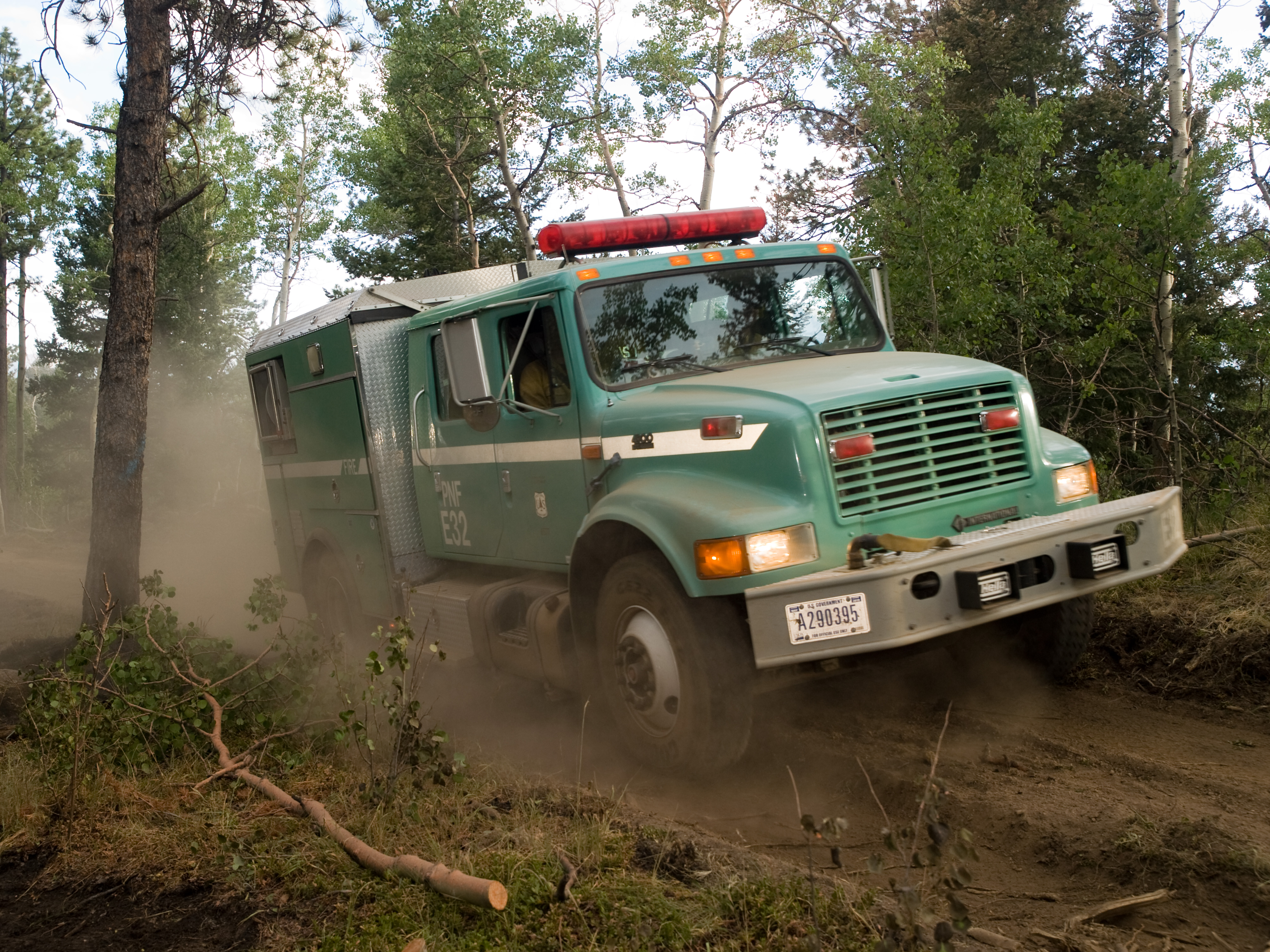
The primary purpose of this page is to share with the field what is being accomplished within the wildfire fleet program area.
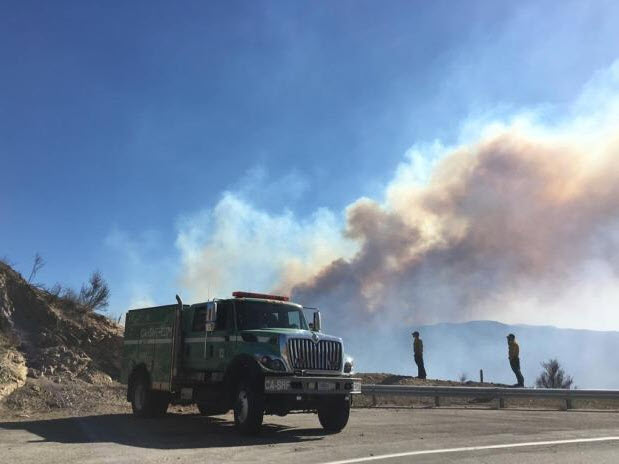
Forest Service and Interagency publications are the primary vehicles by which Forest Service and Interagency policy and standards are transmitted.
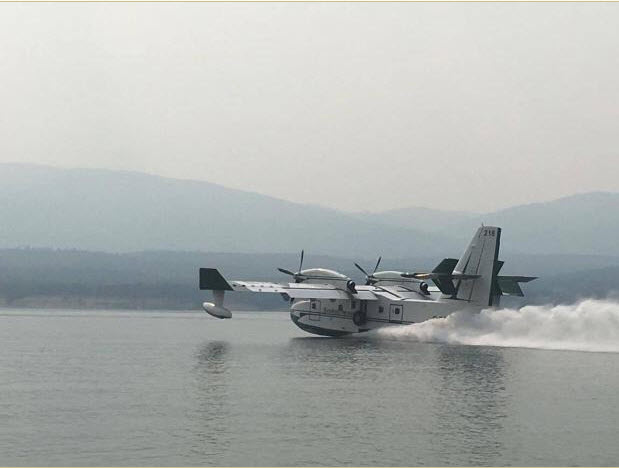
The U.S. Forest Service Incident Support Branch for Acquisistion Management is responsible for contracting the "National Shared Resources" utilized for wildland fire suppression and prevention, as well as other emergency incident response activities.
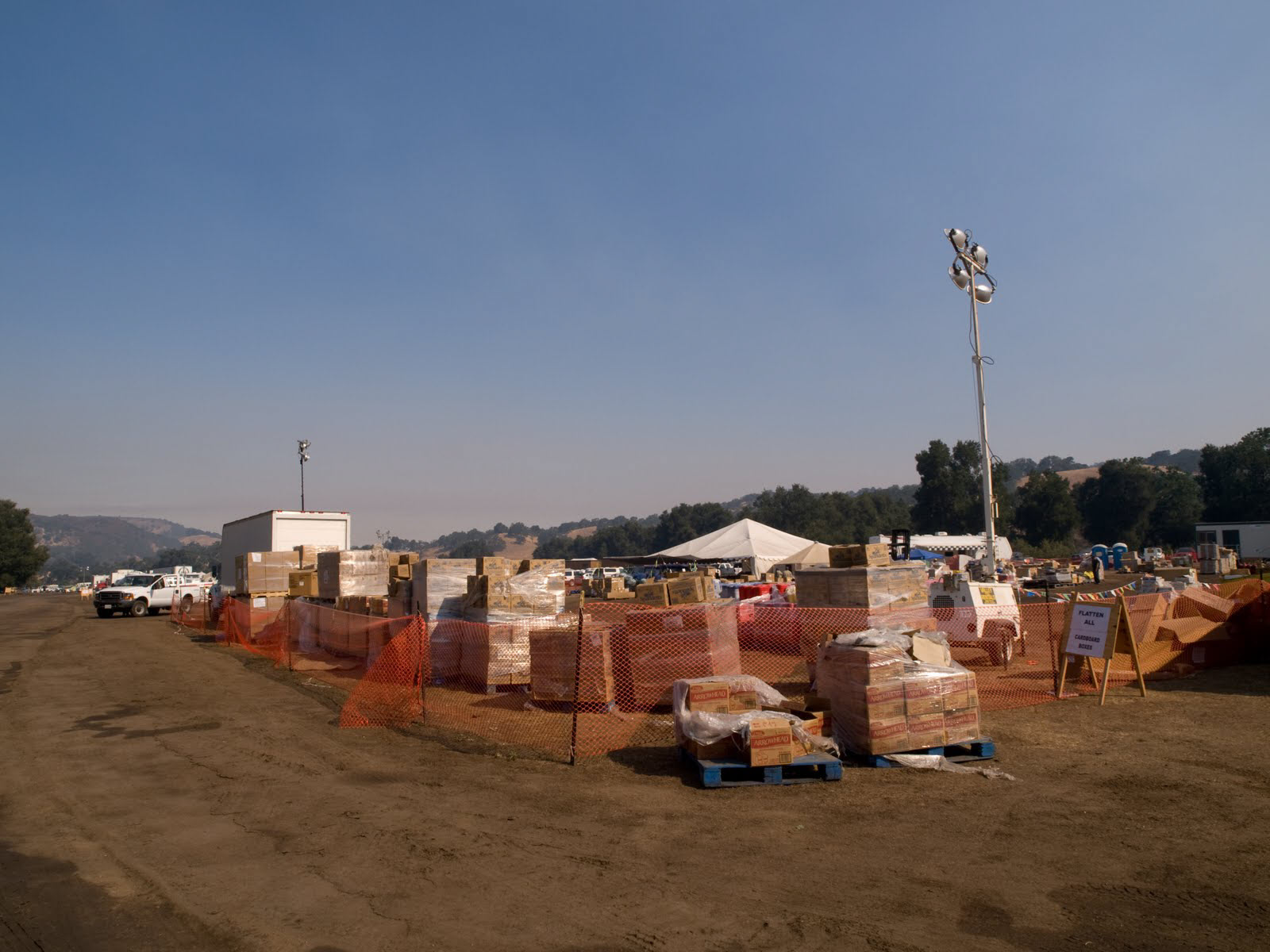
Forest Service Incident Business Practices is the coordination of best business practices for wildfire, non-fire and FEMA emergency responses.

Community Mitigation Assistance Team
Community Mitigation Assistance Teams (CMAT) are designed to help communities build sustainable local capacity for wildfire mitigation during high risk times before, during, or after a wildfire when awareness of the need for risk reduction and the likelihood of action is highest.
The team integrates community fire adaptation best practices and resilient landscapes concepts outlined in the National Cohesive Wildfire Management Strategy.
